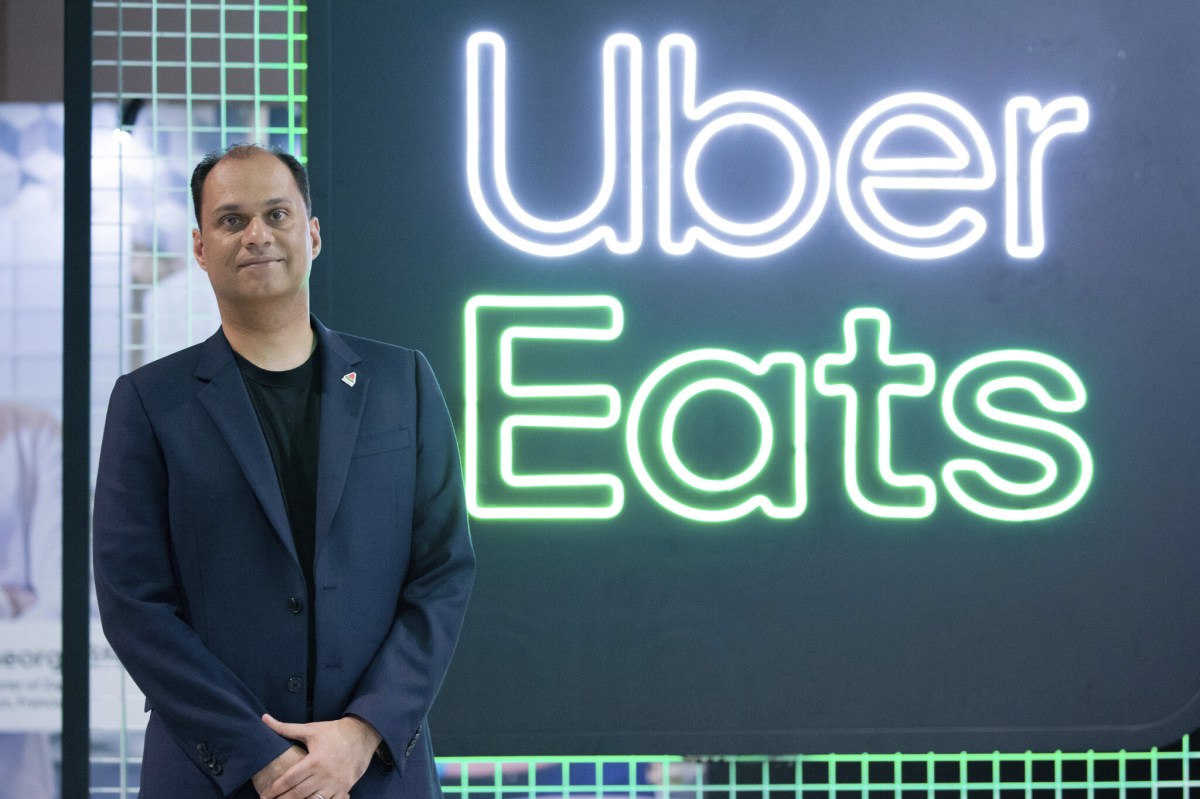Hospitality magazine attended Uber Eats’ first Future of Food summit which was held in Hong Kong over the past two days.
The delivery giant hosted a dedicated APAC summit featuring presentations from restaurant partners along with Uber Eats regional head Raj Beri, senior director of product management Stephen Chau and global head of marketing Nikki Neuburger.
So what does the future hold for Uber Eats in Australia? The answer is complex but one thing is for sure – the APAC market is growing, by exactly 30 per cent from June 2019 to June 2019.
During the presentations from Uber Eats execs, it was clear the platform wants to become more ingrained in venues through ‘flexible POS integration’. The plus side of this integration primarily revolves around data. Operators will be able to access customer insights including missed orders, downtime, order volume and dish feedback.
Beri spoke about the type of data the platform currently provides to operators.
“Right now we surface data around meals that are popular to specific menu choices and if there’s feedback from customers [such as if] a meal needs more salt,” he said. “The other data is data that helps optimise their operations, so things like helping them think through opening hours and introducing new menu items.”
Uber Eats has also rolled out marketing tools in the past six months, which allows operators to launch campaigns within the app, potentially targeting new customers and offering deals.
“Co-marketing with restaurants is something we just started scratching the surface of,” said Neuburger. “I have been looking at each independent market and trying to identify best practices to put together a ‘menu’.”
The ‘menu’ Neuburger speaks of comprises a range of marketing options from being included in the ‘tonight I’ll be eating’ campaign to smaller-scale alternatives such as offering customers a free dish with their order. Neuburger says participating venues are provided with campaign analytics so they can determine which promotions and offers are the most successful.
Neuburger also confirmed there would be more detailed reviews available on restaurant pages along with storytelling content from extensive imagery to information on signature dishes and awards.
“One of the things we have heard a lot from our restaurant partners is the desire for more information,” she said. “That might look like engaging with restaurants so they can put images of their store on the platform, so we can know who owns the restaurant, who is making the food, what dishes they are most proud of and the awards they have won.”
The addition of detailed reviews is a game-changer for operators. Currently, the app offers just two options: thumbs up or thumbs down, which results in an average rating out of five. Neuburger says the introduction will cut out the middle man (Uber Eats) and allow restaurants to communicate with customers.
“I could imagine enabling restaurant owners to respond to comments as opposed to a consumer talking to me and me talking to a restaurant,” she said.
Creating more meaningful connections between Uber Eats and operators was a common theme throughout the summit, and it appears the company is investing in this area, especially in Australia, with the growing number of account managers.
“We did feel there was a void in terms of restaurants feeling part of a larger community and being able to interact with us and their peers across different markets,” said Beri. “We have a big account management and sales team now and when we work with restaurants, there is one-to-one interaction through account management and development conversations.”
Beri says restaurants are keen to connect with the platform more, and the company is responding to demand by opening up a variety of communication channels, whether phone conversations or instant messaging. “If a restaurant wants to talk to us, they can talk to us,” said Beri. “If I’m looking at the ideal restaurant experience, they [can] talk to us through whatever channel. They want more regular communication and we have started communicating more about new features and tools.”
With Uber Eats dabbling in pick up, delivery and now dine in (a pilot program recently launched in the US where diners can book, order food and pay through the app while eating at a venue), the platform is expanding to include all facets of the restaurant experience. “The general theme here is that over time, we want Eats to be the place you go to every time you’re hungry,” said Chau.
After two days, the main takeaways of the summit revolved around the increase of data restaurants will have access to and the development of more meaningful relationships. Not to forget this nugget – Uber Eats wants customers to order every meal they eat from the platform (that’s 21 a week).
Hospitality attended the Future of Food summit as a guest of Uber Eats.
Image credit: Bonni Ko

